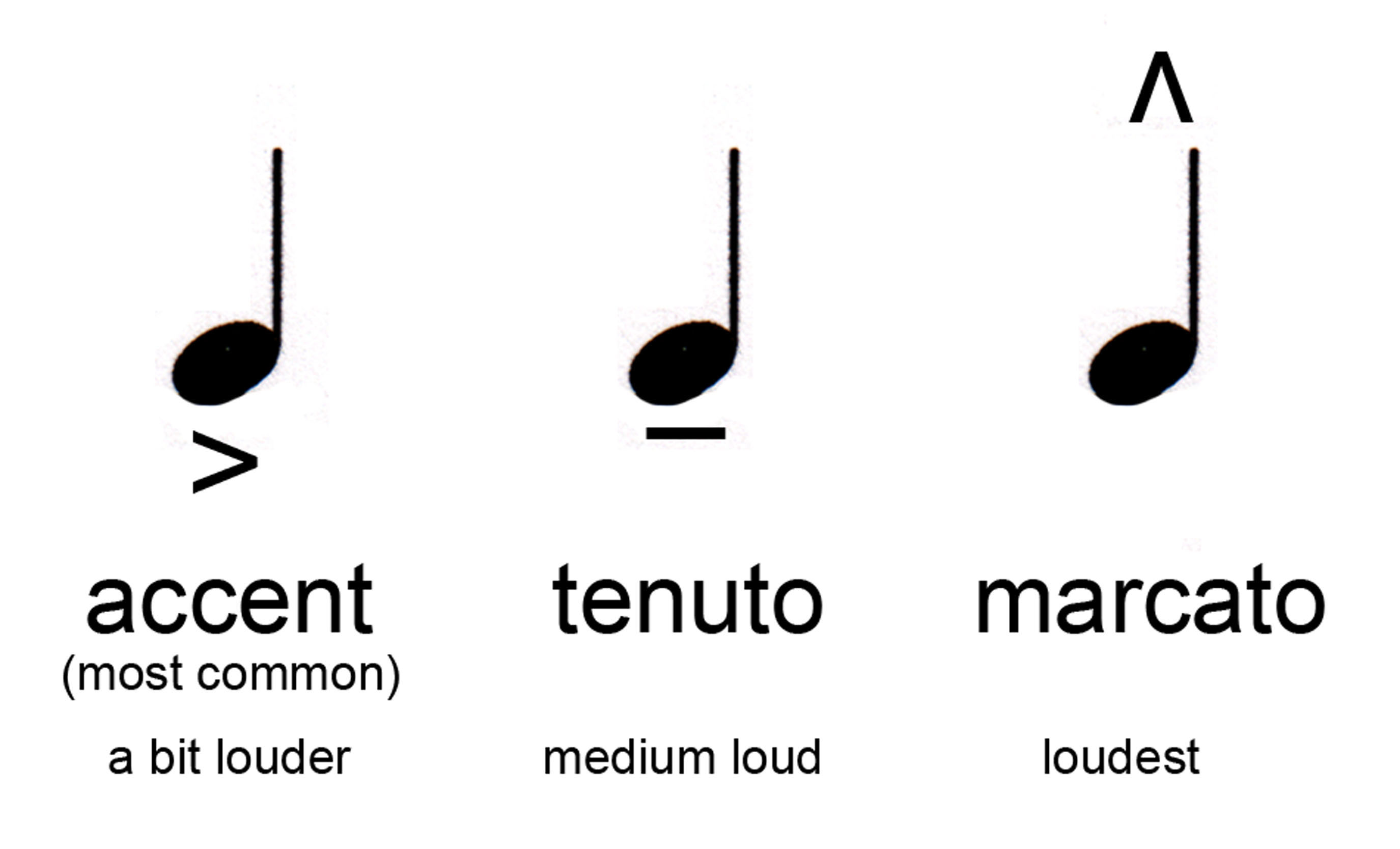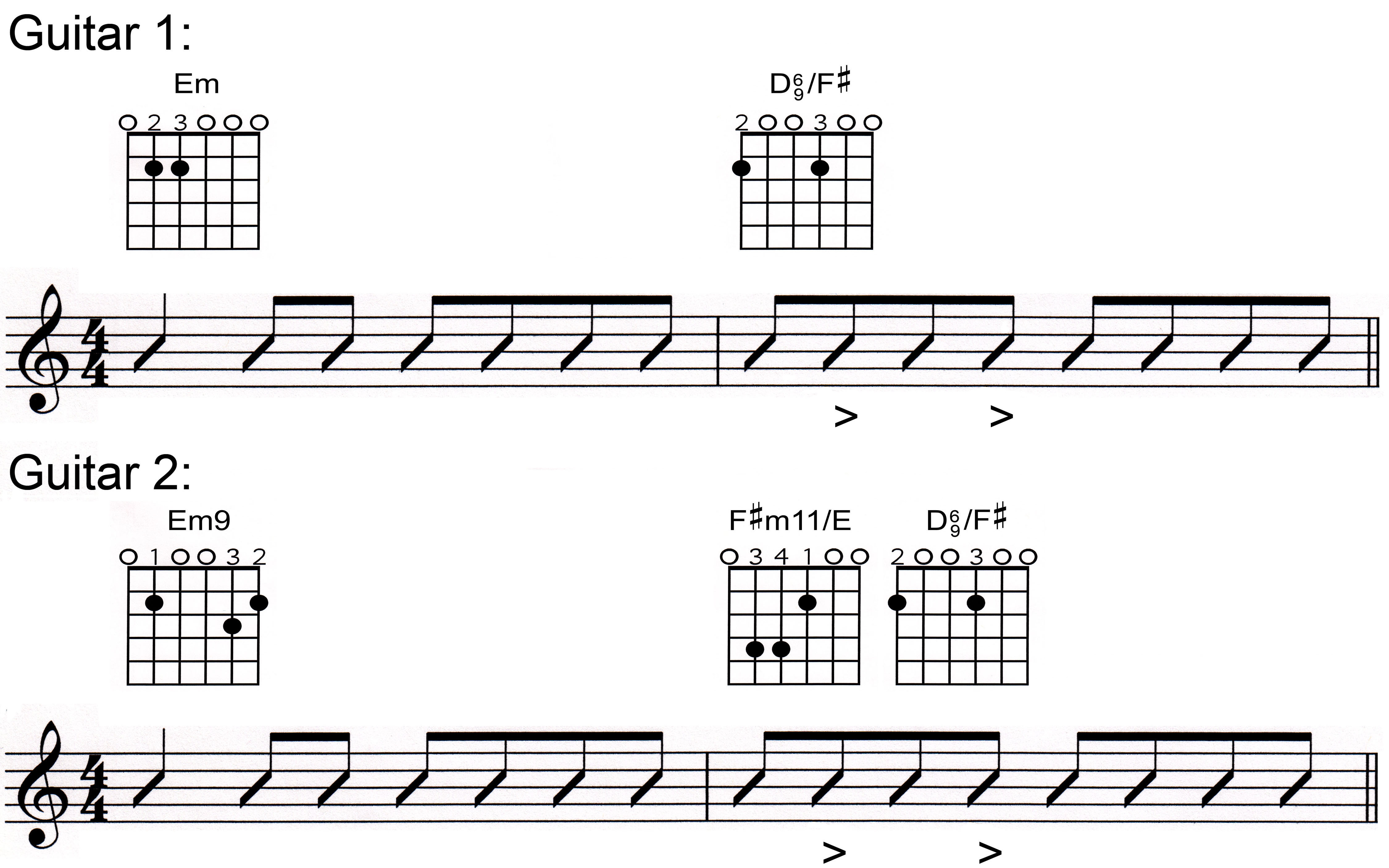
Recently, there has been a cluster of video courses on Rhythm playing, like it’s a new thing. The truth is, these folks have so focused on making you a lead player, they neglected to give any meaningful attention to
Rhythm playing – a far more important topic. It’s just not as sexy, I guess.
Throughout the life of this column, we have devoted more than a few sessions to helping you understand more about chords and rhythmic playing, with less attention on soloing. Part of the basics of guitar playing is
rhythm, because that is what makes a song work, not the solos.
All players should strive to be able to play any given rhythm in a song, and be capable of creating interesting and fresh sounding patterns when writing songs. The problem is in understanding how to do that, how it’s
done. To do that you need the deeper stuff.
Before we begin, a reminder about the metronome, a most important point:
Everyone in a band is responsible to maintain a consistent tempo. As you know, we have repeatedly stressed the importance of working with a metronome during personal practice time. The mantra:
You have to embrace this fact. You will be a better player for it, and true players (regardless of expertise) know this and use a metronome when practicing. I’ve been playing music for literally decades and
still use a metronome; all my students use a metronome – and I test them on this. So be sure to employ the metronome during this lesson.
Let’s continue, then…
One of the easiest things you can do is add accents to your rhythm playing. What is an accent? An accent is an emphasized sound,
one that is a bit louder than the rest of the part being played.
There are three symbols that indicate accents in varying degree of “sharpness” or loudness. The most common is the first symbol shown below. The other two are included should you come across them at some point.
The drummer is not the sole guardian of the beat and tempo
“The metronome is my friend.”

First let's establish a strum pattern: the straight eighth note pattern:

Okay, now add an accent on the first and third beat of the pattern; but your strum remains the same:

NOTE: In order for the accent to stand out more, you employ a cool little trick:
While you play the accent by strumming “harder” into the strings, you do not want to kill them. So what you do is play the accent only a bit louder than your normal strum volume. And here is the trick: for the other parts of the strum, play a little bit softer than your normal volume. This makes the accent stand out even more, and saves your strings in the process (less whaaaaang). So you are in effect lowering your overall playing volume. This also allows for greater dynamic potentials when you actually do want to change volume levels.
The harder you play the strings, the more “distortion” will occur, rattling against the frets and over-flexing the strings, making them go out of tune – because they are for that brief moment very out of tune (the whaaaaang effect). Lightening your touch on the accent, and quieting the rest of the strum pattern below your typical strum volume, will remove the over-flexing problem that pulls the strings out of tune, and ensures no rattling against the frets.
Okay, the same eighth note strum pattern, but a change in the chords, and placing the accents on the second and fourth beat of the pattern; this will emulate the “back beat” of a snare drum hit:

Here’s another popular example of accented notes, giving the rhythm a “samba” feel by where the accents are placed, on the One, the & of 2, and Four beats:

Pay attention here, it’s easy to get lost and throw the “feel” right off! When you add accents, you need to be consistent, accurate and play with automatic surety in the timing of the accents.
Okay, so how about some “real world” examples? First up is an old classic: “Horse With No Name”, by the band America. Easy strum pattern with some accents thrown in. There are two guitar parts here, and they both hit the accents the same, but the second part is a bit more complex because the chords are different and there is a third chord thrown into the mix.
The first, Guitar 1, is simple enough, and the dominant thematic element you’ll hear in the song. Guitar 2 is more complex (and originally played on a 12 string), but compliments Guitar 1’s part.
The tricky bit will be switching to the F#m11/E, and then immediately to the DÐ/F#.
Remember to play this with a shuffle feel.
Slow down, use the metronome, work out the changes. Then begin to increase the tempo to where the song is played. You must remember that it’s the details (as mentioned in Column #3) that matter and make for cleaner
sounding parts and a better rhythm player.
This next example is from “Everybody Wants To Rule The World”, by Tears For Fears. It is the beginning of the bridge section, and shows how accents and syncopation can work together to create real excitement. Note the
metric modulation; so play as a shuffle feel.
Now your challenge is to begin listening to other songs you may have been playing and see if you’re missing any accents in the strum patterns so you can more accurately play the parts.
Begin to experiment yourself with applying accents to your strumming. You can even alter the accents on songs if you want to change the feel to something different, to more personalize the tune to you, creating your own
interpretation.
We're all "students", even after many years of playing. There's always more to learn! Now shut off your computer and go play with some ideas.
See you next time.

